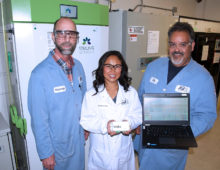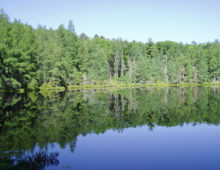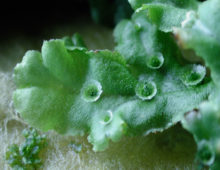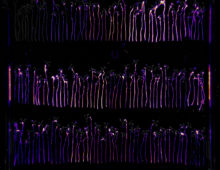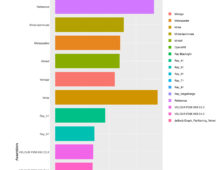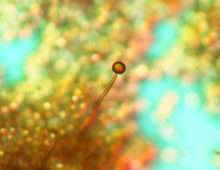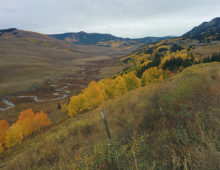Cat Adams, University of California, Berkeley
“If we can assemble genomes, we can learn some of these strategies to reduce bias.” I study the role of secondary metabolites, especially defensive chemistry and how they influence plant-fungal interactions. For my Ph.D., I’m studying a mushroom called Amanita phalloides, the death cap mushroom. It’s native to Europe but it was brought overseas… [Read More]

